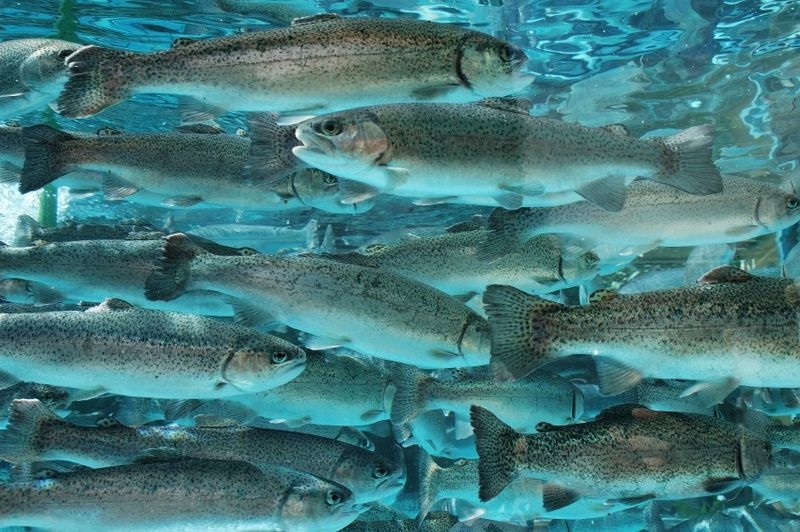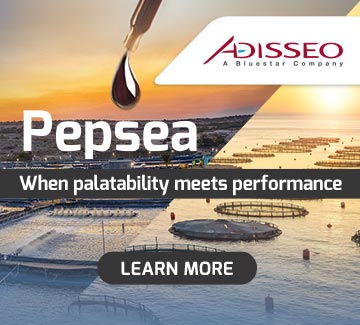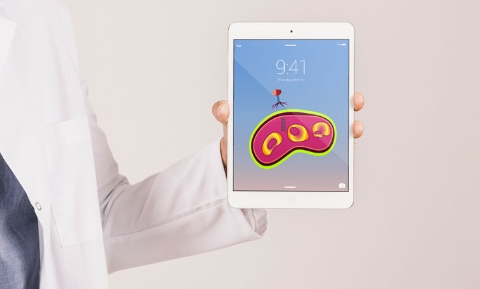
Circular economy practices applied to trout farming have the potential to transform the environmental impact of the industry. This is reflected in a recent research published in Aquaculture International by researchers from the University of Messina, in Italy, titled “Life cycle assessment of circular economy practices in raibow trout farming: an Italian case of study”. The study outlines how these practices not only may enhance the sector’s sustainability but also provide a replicable model for other markets.
Using Life Cycle Assessment (LCA), the researchers assessed the environmental and energy performance of a rainbow trout farm in the Triveneto region (Italy). The region is known for its high production, which contributes both in volume and economic value to the market. The farm operates a continuous flow system using spring water, covering the entire life cycle from egg incubation to product commercialization.
The farm has adopted circular practices, including recycling slurry as fertilizer. It has also explored the use of insect meal-based feeds as an alternative protein source and the integration of renewable energy systems to reduce reliance on the national grid.
One of the research’s findings is the potential of insect-based feeds to reduce the use of fishmeal and soy, traditional components known for their substantial carbon footprint. The results suggest that switching to these feeds could cut global warming potential by 14% and freshwater aquatic ecotoxicity by 15%. However, the study notes that this shift also poses challenges, such as a slight increase in marine ecotoxicity due to the alternative ingredients used.
Moreover, the adoption of photovoltaic energy on the farm underscores a low commitment to carbon emission reduction, aligning with renewable energy goals. This shift toward clean energy is a crucial factor in mitigating the environmental impact and promoting energy independence in aquaculture along the entire supply chain (i.e., feed production).
The study also highlights the importance of these circular practices in reducing negative impacts and transforming waste into valuable resources. For instance, using aquaculture sludge as biofertilizer presents an opportunity to decrease the production and reliance on chemical fertilizers, aligning the industry with global blue growth and circular economy strategies.
By discussing how circular economy practices can be effectively integrated into aquaculture, the authors’ research provides a scalable framework for other farms in Italy and across the Mediterranean, potentially leading by example in a broader transition toward greener and more efficient operations throughout the global aquaculture industry.
Reference:
Cozzolino, M., Salomone, R., & Gulotta, T. M. (2025). Life cycle assessment of circular economy practices in rainbow trout farming: an Italian case study. Aquaculture International, 33(192).


